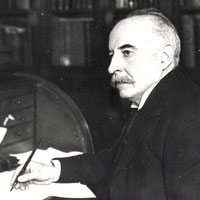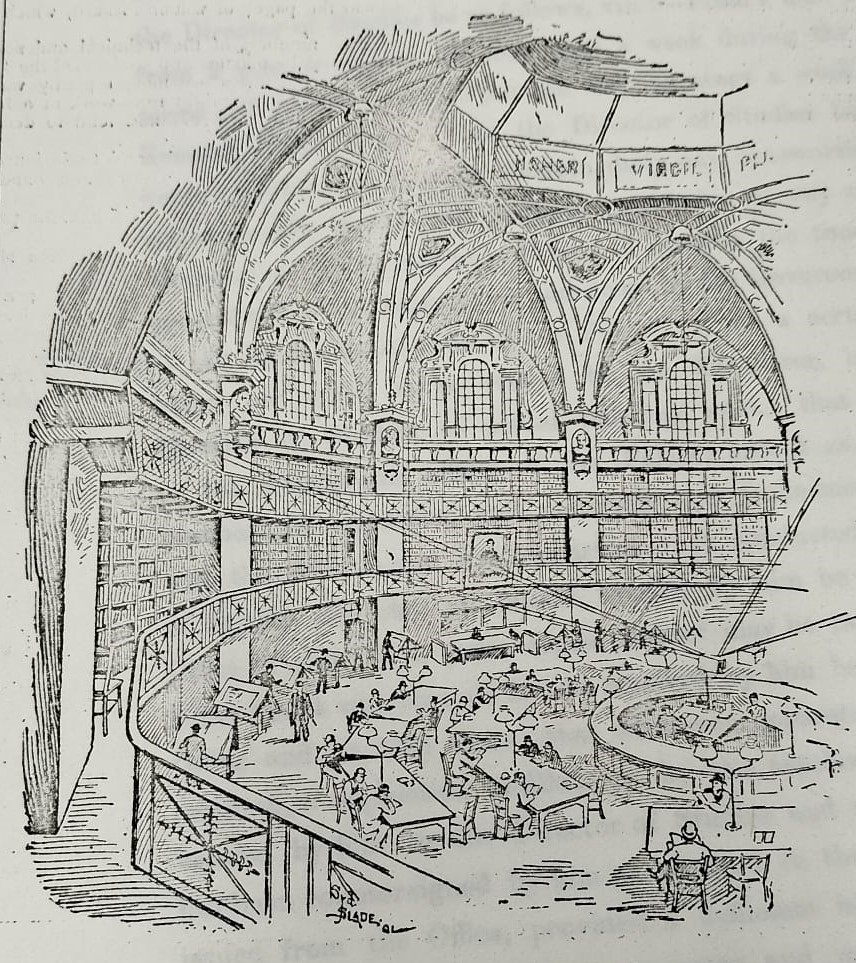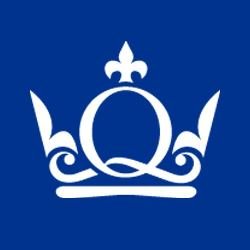Peter Landin Building

Photography: Norah Alghafis
Bancroft Building G.E. Fogg Building
This building is named after Peter Landin who is a British computer scientist. He was born in Sheffield on 5th June 1930 and went to King Edward VII School and Cambridge University’s Clare College. He died on 3rd June 2009.
Landin is known to have been a significant influence in creating programming language theory.
He first discovered that a programming language could be described by using lambda calculus and he is best known for developing the SECD machine. The SECD machine is considered the first abstract machine for a functional programming language. Landin is also known for creating the If You See What I Mean (ISWIM) programming language alongside creating the phrase ‘syntactic sugar’.
He lived a fruitful life by being able to have the opportunity to participate in a wide range of roles. For a short while, in London, he was a programmer and then went to New York to become a researcher and he was also an academic at Massachusetts Institute of Technology. However, he returned back to England in 1967 to chair at Queen Mary College in London – a positioned he stayed in for the rest of his academic profession. After his career, he was an emeritus professor specialising in theoretical computation.
As Landin neared the end of his life, he had a growing feeling that computing, may have been detrimental as a result of appearing to bolster profit-driven corporate agendas and the rise of a surveillance state. This caused Landin to feel that his efforts in its promotion had been in vain. Regardless of his sentiments, it is undeniable that his ideas continue to serve as the foundation for ongoing advancements.
Sources Used:
Abby (2023) Landin’s computing machine explained - everything you need to know, History. Available at: https://history-computer.com/landins-computing-machine/ (Accessed: 20 September 2023).
Peter Landin Obituary (2009) The Guardian. Available at: https://www.theguardian.com/technology/2009/sep/22/peter-landin-obituary (Accessed: 03 October 2023).
Other ways to explore Queen Mary College:
Information

The information page contains all the information that can be found on the virtual tour in one, easy to navigate, page.
People

The people page shows all the key figures mentioned throughout the tour, whose revolutionary work in their respective fields still assist in research today.
Stories

The stories page provides information about the Trust established between Westfield College and Queen Mary College.
Community

The community page provides an opportunity to learn more about notable events that have occurred in the Queen Mary University of London community.